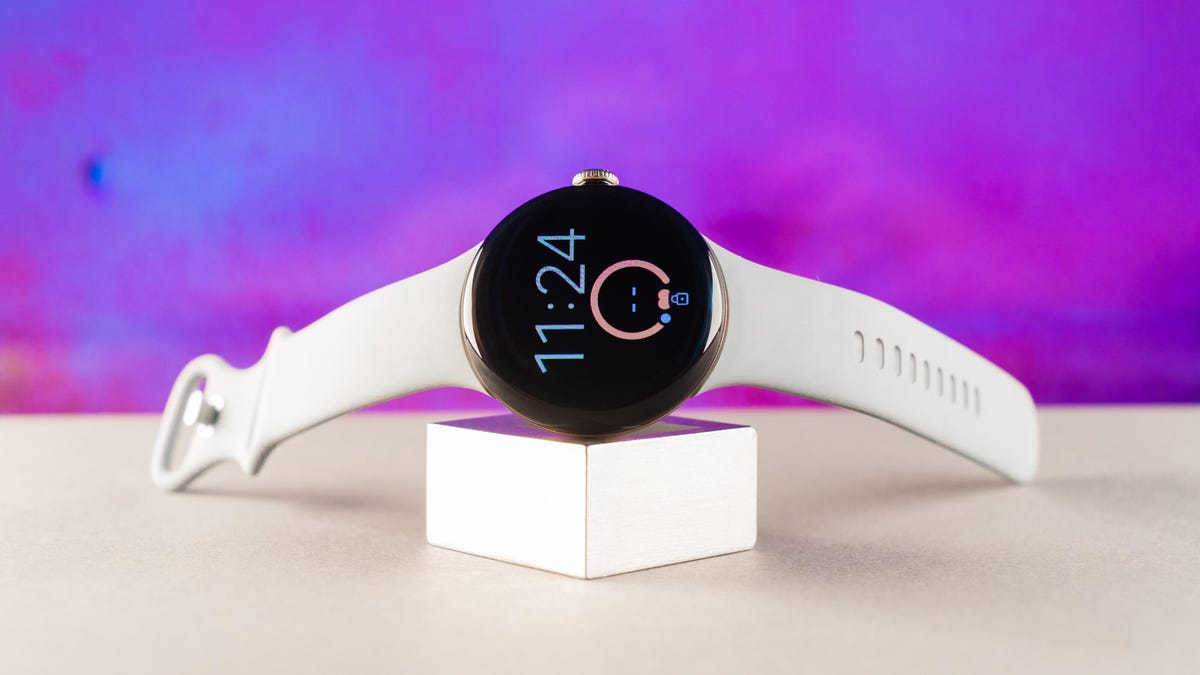How Google Wants to Make Android Smartwatches Last Longer
Google's upcoming Wear OS 5 update is all about extending battery life.

Google's upcoming Wear OS 5 update should extend battery life during outdoor running workouts. Google's Pixel Watch 2, which runs on the current version of Wear OS, is pictured here.
Smartwatches have become better companions to our phones and our go-to tracker for exercise and health over the past several years. But one area that's progressed more slowly is battery life. With the latest update to Google's smartwatch software, known as Wear OS 5, Google is trying to change that.
The biggest update in Wear OS 5 compared to Wear OS 4 is battery life improvements. Google says running a marathon would consume up to 20% less battery on a watch running Wear OS 5 compared to Wear OS 4. Otherwise, Google is introducing improvements to watch face creation tools and new running metrics like ground contact time, stride length and vertical oscillation.
Advancements in battery life are important because high-profile smartwatches such as the Pixel Watch 2, Samsung Galaxy Watch 6 and Apple Watch Series 9 usually last one to two days between charges. Now that smartwatches are being used more often for safety purposes, as evidenced by the Safety Check features Google introduced to the Pixel Watch last year, ensuring they can last for a long time on a single charge is even more crucial.
Read more: AI Could Be the Key to Making the Smartwatches We Already Own Better
Bjorn Kilburn, vice president of Wear OS and Android Health at Google, referred to the smartwatch as an "indispensable guardian" when speaking with CNET during Google I/O.
"It's able to track your steps, and your heart rate all day long, and also be there if you're in an emergency situation," he said. "And we want it to be able to last that long to do that job."
More from Google I/O 2024
Part of how Google achieved this is by reducing unnecessary activity elsewhere in the system while the watch is logging an outdoor running workout, said Kilburn. But improving smartwatch battery life in general requires many other considerations, he explains.
The simplicity and efficiency of the code itself that powers smartwatch software is important, and Google needs to ensure processing tasks are properly distributed amongst the chips inside the watch. Then there's the power efficiency of the other components in the watch, such as GPS and heart rate sensors. The size of the battery matters, too.
"Getting to where we need to get to, I think it's very much a full stack thing from silicon to glass," he said. "The whole system needs to be optimized."
These types of battery life enhancements will likely come in stages, considering Kilburn described it as a "multiyear journey." The OnePlus Watch 2, which OnePlus launched earlier this year and runs on Google's Wear OS system, is one example of how watchmakers are able to extend battery life by making changes to how the watch operates. That device uses one chip for background activity and a separate processor for running the Wear OS operating system, which resulted in about three days of battery life during my testing.
Battery life upgrades will be even more important for a future in which AI, a technology that was at the center of Google's I/O announcements, plays an even bigger role in mobile devices. Kilburn couldn't say whether Google's Gemini model would ever make it to Wear OS watches, and said that running that type of AI model on a device as small as a smartwatch would likely "take some time."
But he emphasized that the possibility alone is reason enough to continue improving battery life and overall system efficiency in smartwatches.
"It means we need to double down even more on things like battery life," he said. "And then system efficiency because we need to create space to put meaningful models in wearables."

